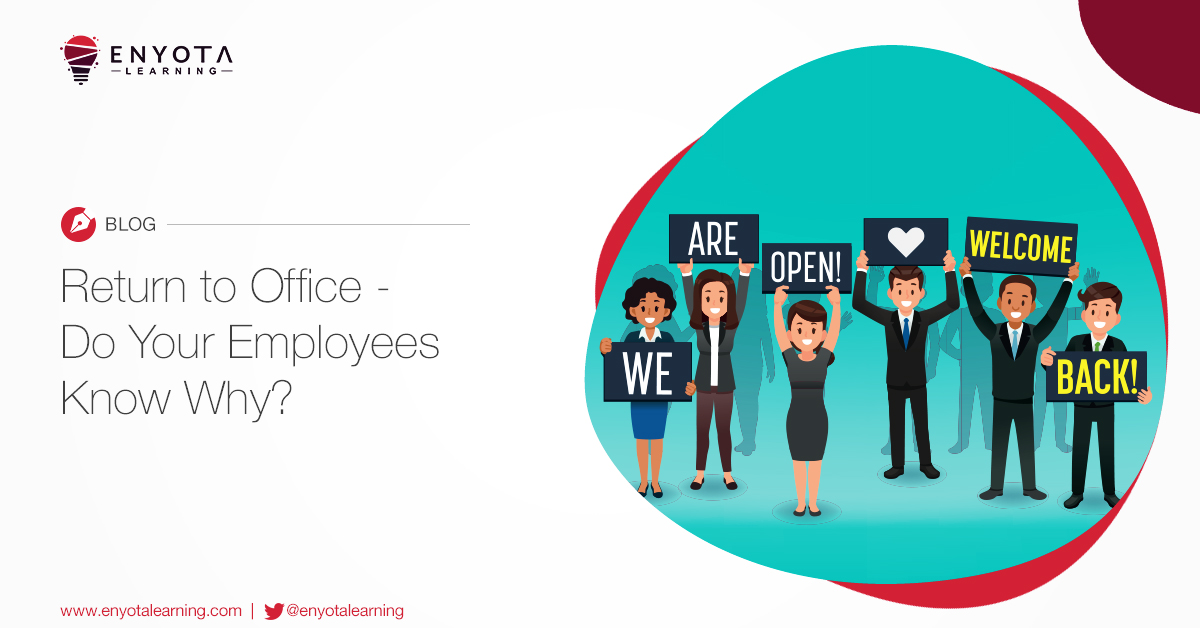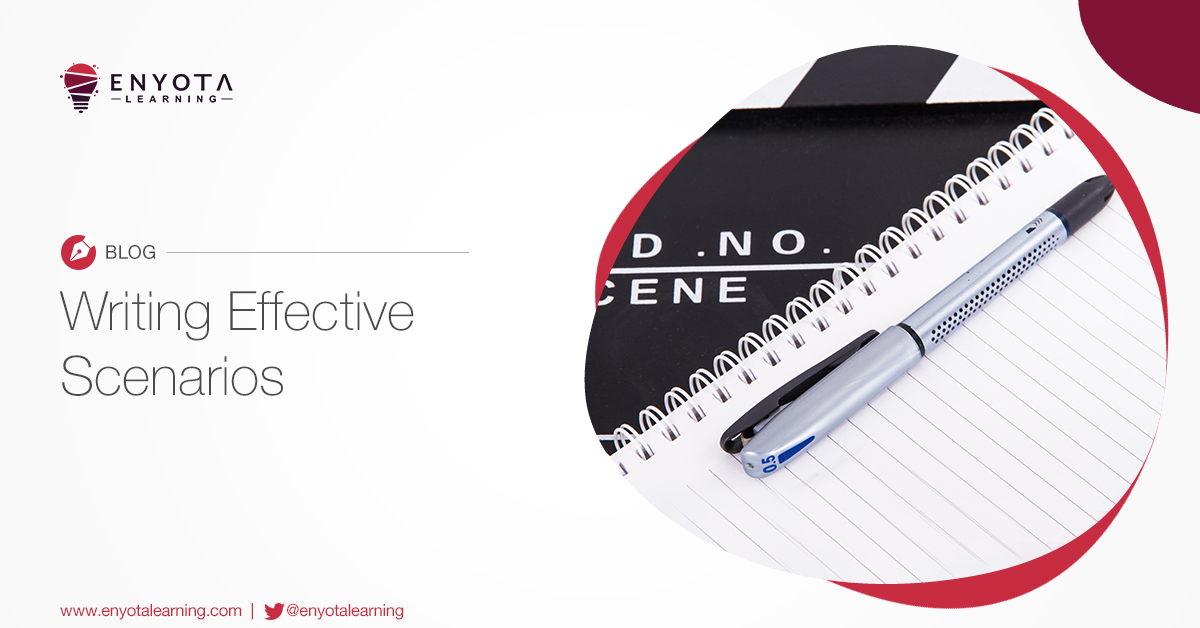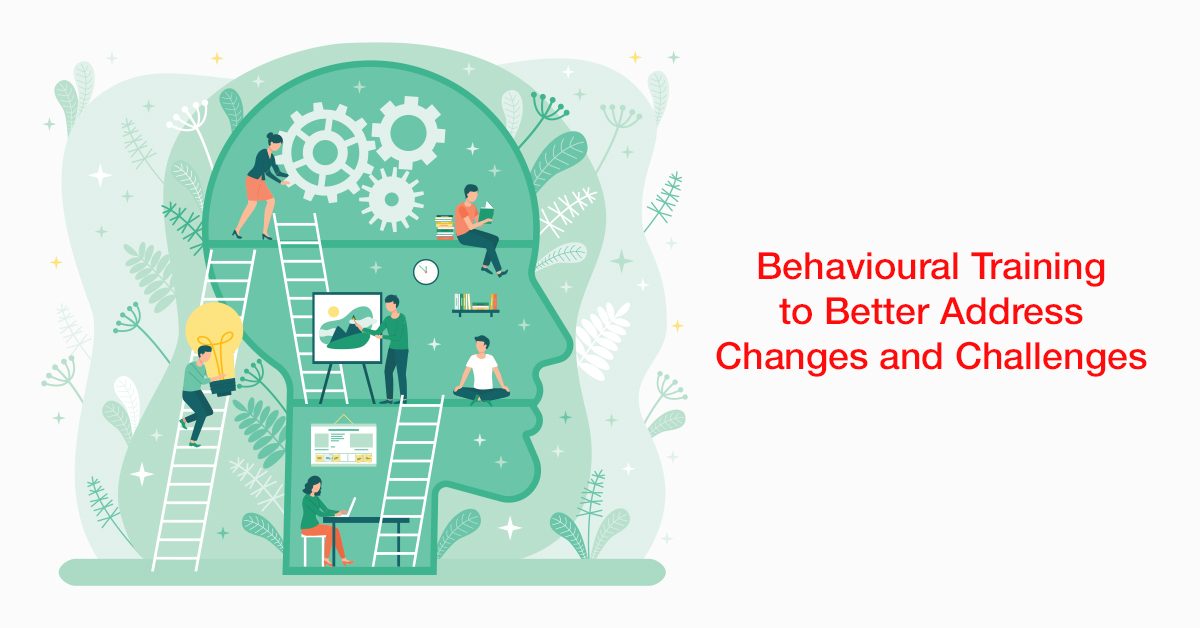
Designing eLearning is not difficult. However, every instructional designer needs to keep some crucial points in mind to simplify the process. In this article, we look into some design elements that make your eLearning more engaging for learners, and, how to get them right.
6 eLearning Design Principles to Keep In Mind For Engaging Training Experiences
Use a Combination of Relevant Media
eLearning is a combination of media elements put together. These media elements consist of photographs, icons, infographics, audio, and so on. And so, it is important to use a combination of relevant media elements. These media elements together convey a singular message. A message that breaks down and supports the content making it simpler for learners to understand. As irrelevant or a mix of media elements that do not make logical sense will only complicate the message and confuse the learner.
The important bit here is that people are usually paying attention to any one media element at a time. So, when all the media elements on the page are relevant, no matter what the learner is looking at, it still makes sense to the learner. On the contrary, if you mix the course with a bunch of irrelevant media elements that do not support the content, the learner is left confused with the elements that do not appear to be coherent.
Use Photographs That Convey the Right Emotions
Why do we use photographs of people in an eLearning course? Well, there are two logical answers to this:
-
Photographs of people allow your learners to relate to the messaging or scenarios within the course.
-
They convey a specific emotion or a set of emotions that are integral to improving the learning experience.
So, in both the conditions, it important to pair the messaging with the right set of photographs. If the messaging is grave, use a subtle photograph that conveys the concept. Once again, mixing the images and messaging will only confuse your learners. Or worst case, your learners may consider the course to be ill-executed and just lose all interest.
Eye Catching Infographics
Infographics are a great combination of text and visual elements coming together to deliver a strong message. A good way to design infographics is by designing it around delivering a bunch of statistics. Mostly stats that need to hit hard, and quickly. Or to break down a complex list or process.
Another design element to incorporate is colour separated segments. Since each statistic may or may not be related to the one before it, it is always better to separate the various segments by colour and sections. You can use different shapes to create these individual segments. Also, you can connect these segments using arrows and connectors if needed.
One thing to note is that always use infographics sparingly. Overloading your eLearning course with too many infographics will take away the novelty of infographics from your course and will eventually faze your learners from viewing any more infographics. It may even make your course look like a gimmick.
Consistency
When using content from multiple sources, keeping the messaging consistent is very important. Be sure that the entire course follows the same theme – graphics, font, and colour. This keeps the learner engaged and not distracted. Ensure the content is tied in to each other since you may have picked them up from multiple sources.
Keep in mind that you can surely change the size of the fonts throughout the course to accommodate for headings, paragraphs, and other pieces of texts that you want to draw your learner’s attention to. However, do not change the type of font because that just breaks the continuity of your text and disorientates learners.
When it comes to the content, you can change the flow and dialogue of your course where needed, but ensure that these changes are consistent across the course wherever you used it for a specific type of written content.
When in Doubt Go Minimal
Keep in mind, you are not building a commissioned piece of art or attempting to enrol your eLearning course in a fancy drawing competition. The agenda is to engage and train your employees using good eLearning design. So, if you’re in doubt about the type of eLearning design to engage your learners, just go with a simple and elegant, almost minimalistic design.
Trust us when we tell you, minimalistic will never go wrong. However, mixing up design elements and gaudy design most certainly will go wrong.
Colour, shapes, and lines are all forms of information. Overdoing these information bits will throw your learners off. And that is the last thing you want. Because it is the course content that your learners should be paying most attention to.
Make the Navigation Linear
eLearning courses are like journeys that learners embark upon. They start with little to no information. And end at a point where the learner should be able to apply their learnings in the right circumstances. So, it’s safe to say that learners are navigating your course from start to end, module to module. As a result, it is important to keep the navigation of your eLearning course linear or straight.
Too much of back and forth or unclear directions will leave your learners wondering which way is the correct way ahead.
Arrange the content in a logical order and think about the best position at which to introduce a topic to your learner. Try and avoid forcing your learners to move back in time. Especially to relook at a concept because you introduced it too early and never touched upon it again, only to bring it up once more.
How Can We Help With eLearning Design Principles
We at eNyota Learning have been assisting organizations build the most optimal type of eLearning based on their training and business needs. It starts with us understanding the various eLearning design principles and elements that makes a course work, and those that totally fail the agenda. We have over 15 years of experience so we ensure that our projects follow the best design principles to offer.
If you’re interested in building a course and are looking for professional assistance, feel free to reach out to us at contact@enyotalearning.com or click here.
We also assist organizations with learning technologies such as the Abara LMS, contact us to know more about that as well.





